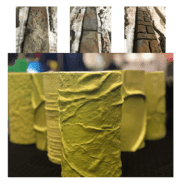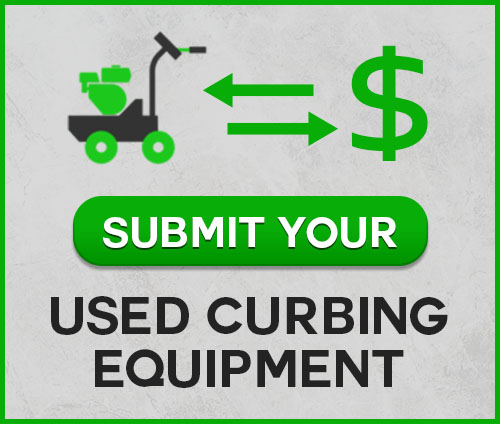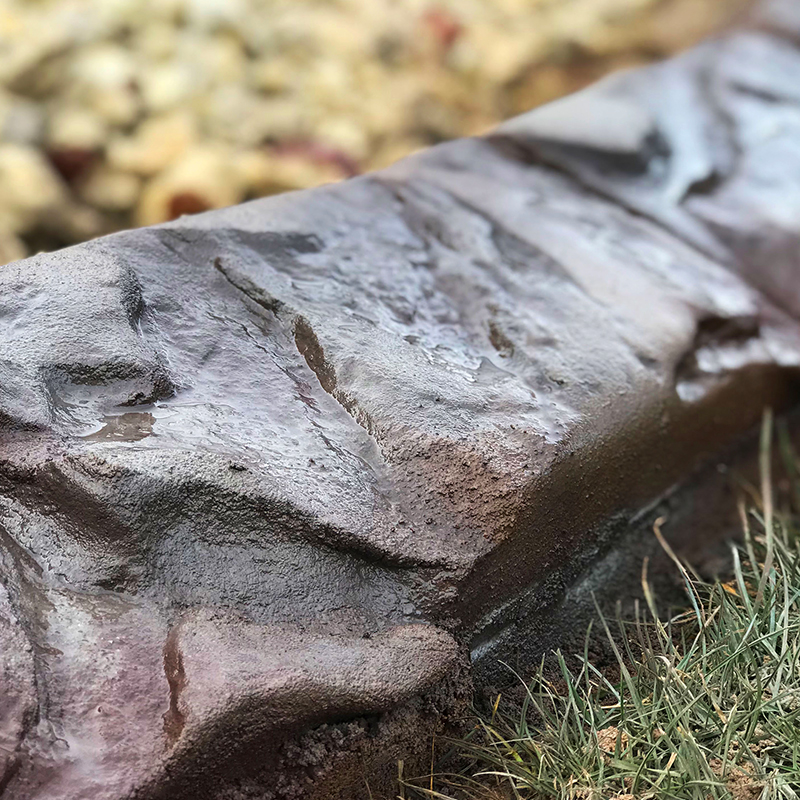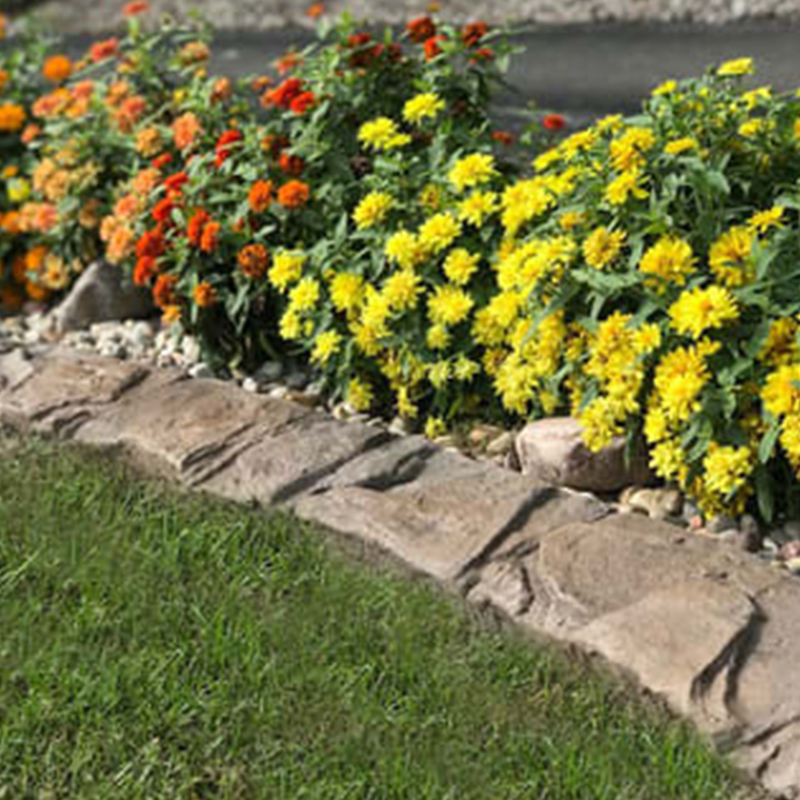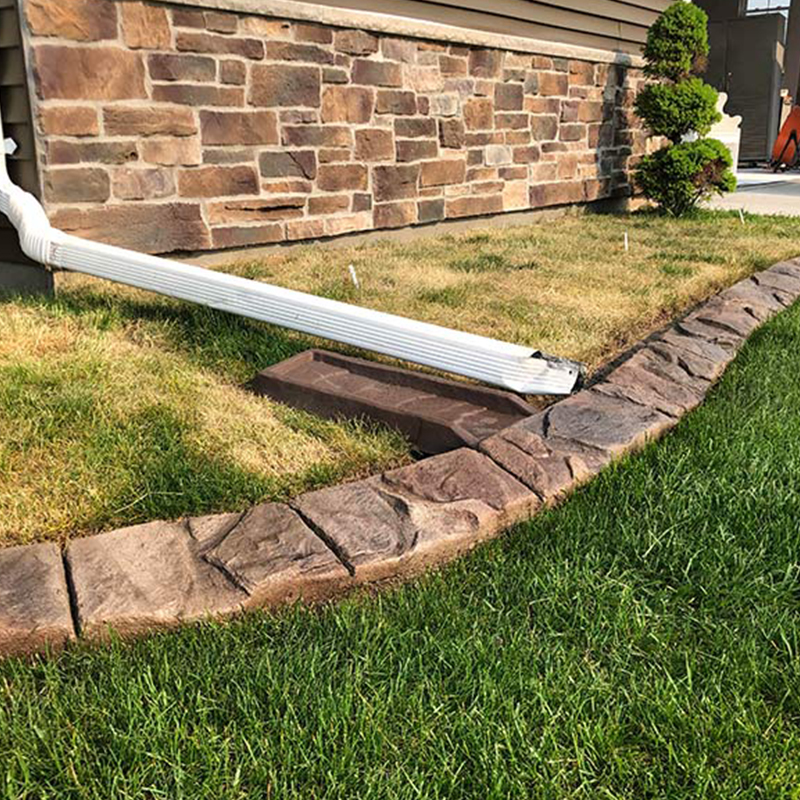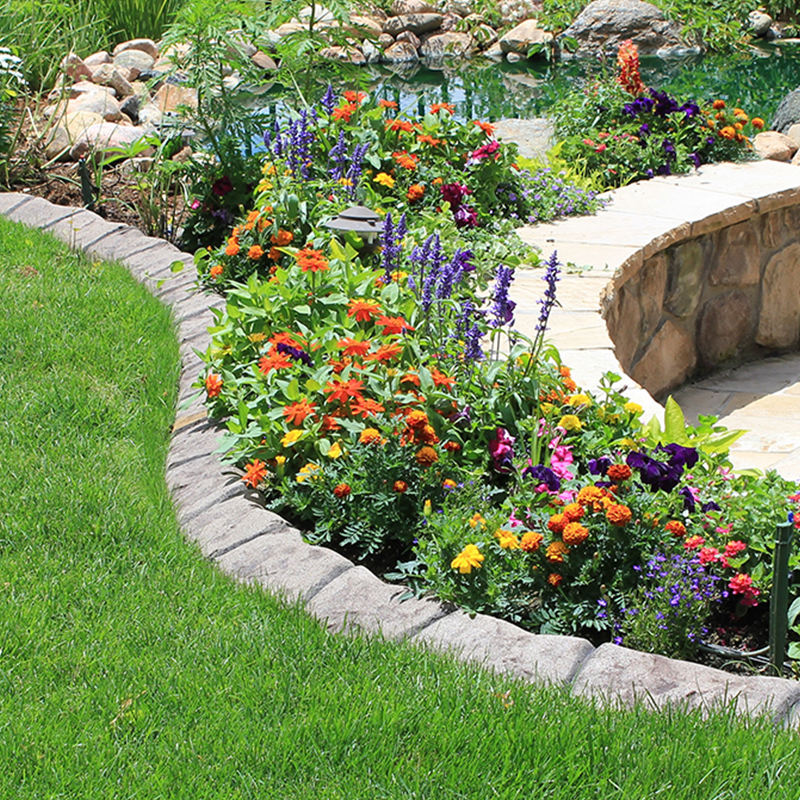
Concrete curbing is a durable landscape edging that defines beds, contains mulch, controls erosion, and improves curb appeal. This guide covers seven common concrete curbing types, their uses, selection factors, benefits, and basic installation/maintenance, helping homeowners choose the right solution for their property needs.
7 Essential Types of Concrete Curbing for Residential Landscaping
Here are seven essential concrete curbing types with brief definitions and primary use-cases:
- Barrier curb: A vertical, raised edge that separates traffic and protects lawns and walkways. Best for driveways and heavy-edge protection; offers strong erosion control but limits vehicle access.
- Mountable curb: A sloped face that allows vehicles to drive over at low speed without damage. Ideal for driveway entrances and smooth driveway-to-street transitions; trades some barrier strength for accessibility.
- Integral curb: Poured as part of adjacent pavement or driveway, creating a single, continuous structure. Good for durable boundaries and long runs; less DIY-friendly due to combined pour requirements.
- Mower edge curbing: Low-profile, subtly rounded curbing designed for easy mower wheels to ride over. Excellent for lawn maintenance and clean mowing lines; minimal visual impact but great function.
- Decorative concrete curbing: Custom-shaped or colored curbs that enhance landscape design and bed outlines. Best for flower beds and walkways where appearance matters; cost varies with finish complexity.
- Stamped concrete curbing: Concrete finished with patterns (stone, brick, tile) to mimic higher-cost materials. Ideal for stylized borders and formal gardens; offers visual variety but requires careful finishing and sealing.
- Slant style curbs: Angled-profile curbing that balances containment with mower friendliness. Works well for mulch retention and modern landscapes; combines functional retention with a softer visual profile.
Barrier Curb
A vertical, elevated concrete edge for strong separation and erosion control. Ideal for driveways, but limits vehicle access and has a rigid look.
Mountable Curbs
Sloped profile allows vehicles to drive over at low speeds, ideal for driveway entrances. Provides accessibility but with less erosion control.
Integral Curbs
Poured with adjacent pavement for seamless strength and durable boundaries. Requires professional, coordinated pours due to complexity.
Mower Edge Curbing
Low-profile, rounded edge for easy mower wheel ride-over, creating clean trim lines. Great for frequent mowing; often a DIY option.
Decorative Concrete Curbing
Uses color, texture, and shapes for design accents. Chosen for aesthetics, but involves higher costs and periodic sealing.
Stamped Concrete Curbing
Imprints patterns (brick, stone) into fresh concrete for unique designs. Offers visual variety but needs sealing to prevent wear.
Slant Style Curbs
Angled face retains mulch/soil, is mower-friendly, and channels water. Ideal for contemporary landscapes needing containment and mower access.
Key Benefits of Concrete Curbing for Homeowners
Concrete curbing offers significant functional and aesthetic benefits, making it a durable, long-term landscape solution.
- Improved Curb Appeal: Creates a finished look, enhancing property presentation.
- Weed and Erosion Control: A physical barrier reduces soil migration and limits weed encroachment.
- Durability and Low Maintenance: Resists rot/corrosion, requiring only occasional sealing and minor repairs.
- Mulch Containment: Holds mulch in beds, reducing material loss and maintenance time.
How to Choose the Right Concrete Curbing Type
Selecting the right curbing involves assessing function, budget, site conditions, and aesthetics. Consider these recommendations:
- For heavy protection and erosion control, go for barrier or integral curbs.
- For driveway access with defined edges, choose mountable curbs.
- For frequent mowing ease, choose mower-edge or slant style curbs.
- For visual customization, decorative or stamped concrete curbing works wonders.
Quick comparison of curbing types:
- Barrier curb: Driveways, heavy protection. DIY: Medium. Pros: Strong. Cons: Limits access.
- Mountable curb: Driveway entrances. DIY: Medium. Pros: Accessible. Cons: Fewer barriers.
- Integral curb: Long runs with pavement. DIY: High. Pros: Seamless. Cons: Pro pours.
- Mower edge: Lawns, fast maintenance. DIY: Low. Pros: Easy mowing. Cons: Understated.
Small jobs or simple mower edges are often recommended for DIY. Larger projects (integral, complex stamping) benefit from professional expertise. Consult a pro for complex grading or permits.
How to Install and Maintain Concrete Curbing Properly
Installation Process
Installation begins with meticulous site preparation. This involves planning the layout, confirming drainage, and excavating the trench. For efficient and precise groundwork, consider utilizing specialized ground prep machines to ensure a compacted, stable base for the curb footing. Once the base is ready, forms or molds are carefully set to define the curb’s desired profile.
Next, concrete is mixed and poured. Achieving the right consistency is crucial, and professional-grade concrete mixers are essential for consistent batches. After pouring, the concrete is shaped to its final profile. For superior efficiency and a flawless finish, many professionals rely on advanced equipment like the Harpten curbing machine. Various curbing accessories are then used for detailing, texturing, or stamping, if a decorative finish is desired. Proper curing time, typically 24-72 hours for initial set and up to 7 days for partial cure, is vital for strength and durability. For transporting all necessary equipment, from mixers to machines, robust trailers are indispensable.
Maintenance and Care
Routine care includes cleaning, stain removal, and periodic sealing. Inspect/repair small cracks. Control vegetation and maintain drainage. Professional repair for large issues.
Cracks, spalling, staining, and settling are common. Fix stains, hairline cracks with caulk, and small spalls with patch mixes. Consult a pro for extensive issues. Preventive measures reduce recurrence.
In Summary
Concrete curbing offers a versatile, durable solution for enhancing your landscape. Understanding the types—barrier, mountable, integral, mower edge, decorative, stamped, and slant—and considering function, aesthetics, and budget helps you make an informed decision. Proper installation and routine maintenance ensure lasting beauty and function. For those considering a venture in landscape design or construction, exploring a concrete curbing business opportunity can be a rewarding path.
Ready to Transform Your Landscape?
Explore professional concrete curbing services and get a personalized quote today!
Ready to Order Your New Curbing Trailer? Request More Info.
Give us a call at (920) 740-2218 or simply fill out the form below to learn more about getting all the tools and training to get started. We make the process easy to start earning money in landscape curbing.





